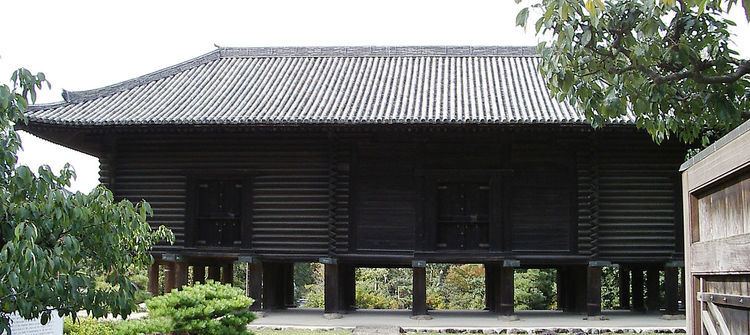645–650 Taika 686–686 Shuchō 704–708 Keiun | 650–654 Hakuchi 701–704 Taihō 708–715 Wadō | |
 | ||
Period September 1652 – April 1655 | ||
Jōō (承応), alternatively romanized as Jō-ō or Shōō, was a Japanese era name (年号, nengō, "year name") after Keian and before Meireki. This period spanned the years from September 1652 through April 1655. The reigning emperors were Go-Kōmyō-tennō (後光明天皇) and Go-Sai-tennō (後西天皇).
Contents
Change of era
The name of this new era came from the Book of the Jin: "The Xia and the Shang dynasties follow their destinies, so the House of Zhou came when it was time." (夏商承運、周氏応期)
Events of the Jōō era
Sakoku: Before and after 1653
Within the Jōō period, Japan was implementing the Sakoku policy which adopted by Tokugawa Bakumatsu. Sakoku (鎖国) means closed country in Japanese. Japan was adopting this policy from 1639 to 1868. There was barely any foreign trade from other countries, with exception to Chinese and Dutch merchant. Japanese residences were strictly monitored by the Government. People were not allowed to leave the country, with consequence of death penalty. Foreigners were in the same situation, anyone who attempted to enter Japan’s territory would be killed by the soldiers right away. The entire country was dictated by Tokugawa government. The Sakoku policy was adopted by the ruler for preventing invaders, and keeping their national characteristics and national religion. This policy was banned after the Edo Period (1603–1868). The country was re-opened to the world in 1868.
